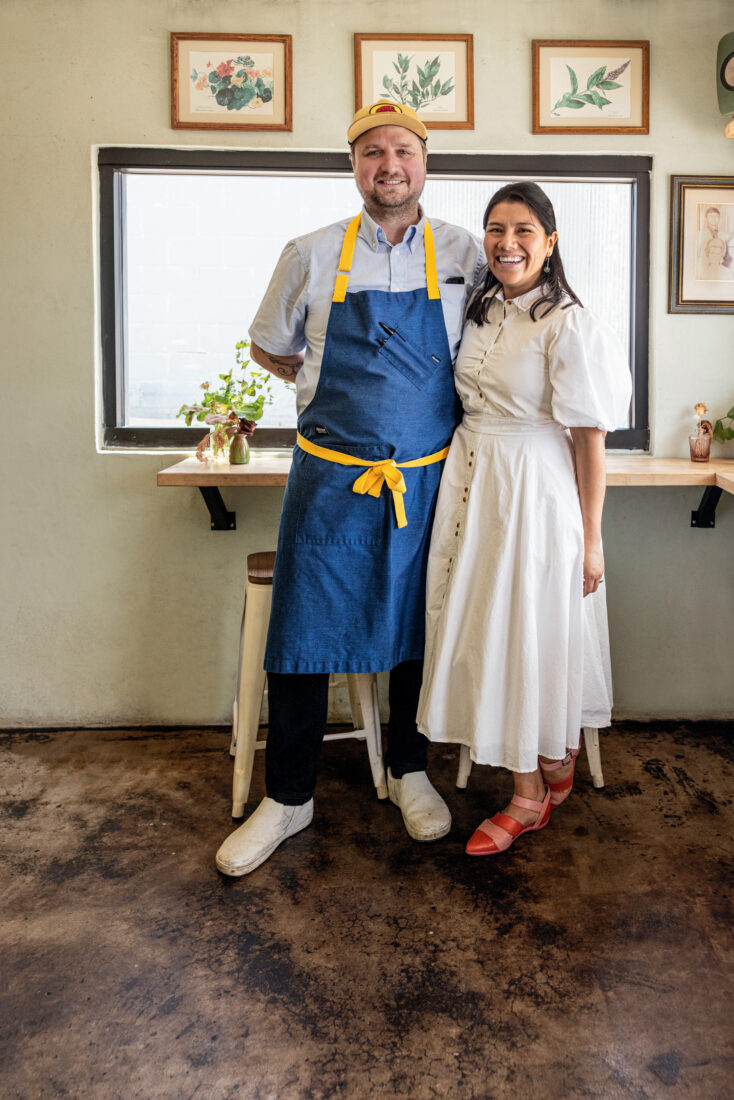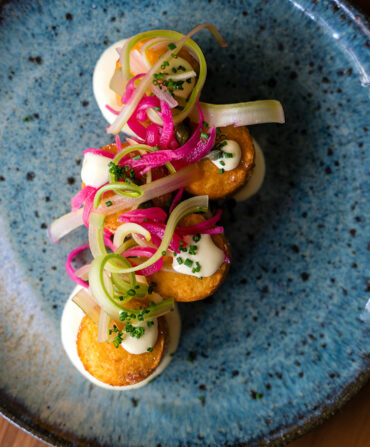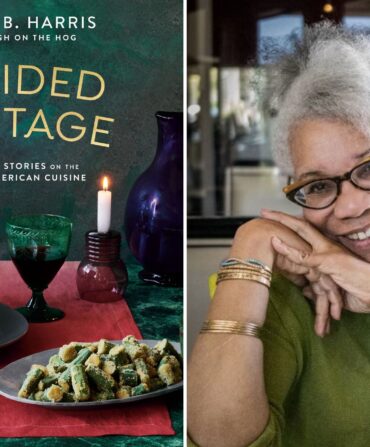Zak Walters ducks out from the kitchen of his Oklahoma City restaurant, Sedalia’s, to hand deliver three jewel-toned slabs of tuna to the front counter. Streaked with beautiful white fat, set atop crisp turnips and marinated radicchio, those sashimi cuts gleam red like prime beef. Two guests, deep in conversation, stop to stare at the trompe l’oeil before them. Smiles tease the corners of their mouths.
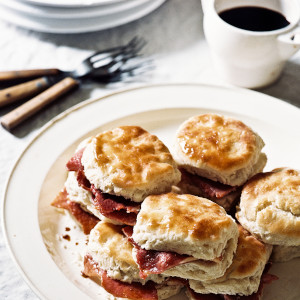
Kitty-corner from a strip-mall church and a Guatemalan taco shop that looks like a beached pirate ship, Sedalia’s sits in a compound where Rex Playground Equipment once welded swing sets. Zak’s grandfather founded the company, naming it for his father, Roscoe, whom everybody called Rex. The family stopped selling play sets nearly a decade ago. And during the pandemic, Zak returned home from California, where he’d cooked for twenty years. He converted his grandfather’s old office into a very small kitchen, mounted a Long John Silver’s–inspired sign, and makeshifted three dining spaces, including a backyard greenhouse tucked beneath a sprawling elm.
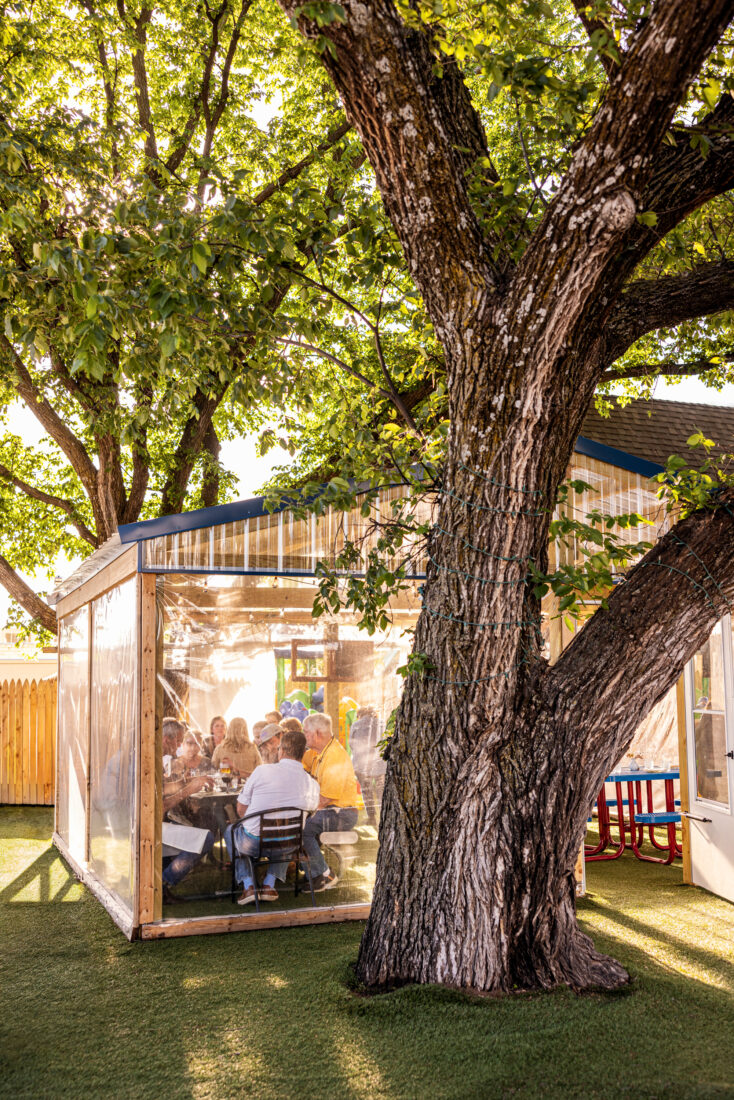
With the University of Oklahoma joining the SEC this year, I’ve been traveling Oklahoma City with a TV crew to document steak-house culture for TrueSouth, our SEC Network show. I’m two days and three rib eyes in when I discover Sedalia’s. During the day, I eat fat steaks and talk cattle auction strategies. By night, I leave the stockyards behind and slip away to eat raw tuna and roasted oysters and more at this seafood cubbyhole that Zak runs with his wife, Silvana Arandia-Walters.
The tight confines inspire. To greet guests, Silvana, a native of Cochabamba, Bolivia, paces the sidewalk or leans from the front window, handing over pen-and-ink menus decorated with her winsome drawings of shucked oysters and seafood platters. Chefs in navy aprons weave between stations. Colin Stringer, wearing a T-shirt that reads, MAKE LAAB NOT WAR, the informal motto of the crosstown Ma Der Lao Kitchen, reaches for a jar of elderflower vinegar. Amaru Loetz, a tilted ball cap on his head, adjusts the mix on his latest batch of miso. Zak pivots from the six-burner stove to serve house focaccia, slathered with salt cod butter, and a trencher of house pumpernickel, scattered with conserved mussels and gribiche. A plank of hake, a cousin to cod, follows, fried in a two-handled skillet and garnished with a big dollop of garlic-perfumed aioli and a small dollop of ancho chile–blushed mojo rojo.
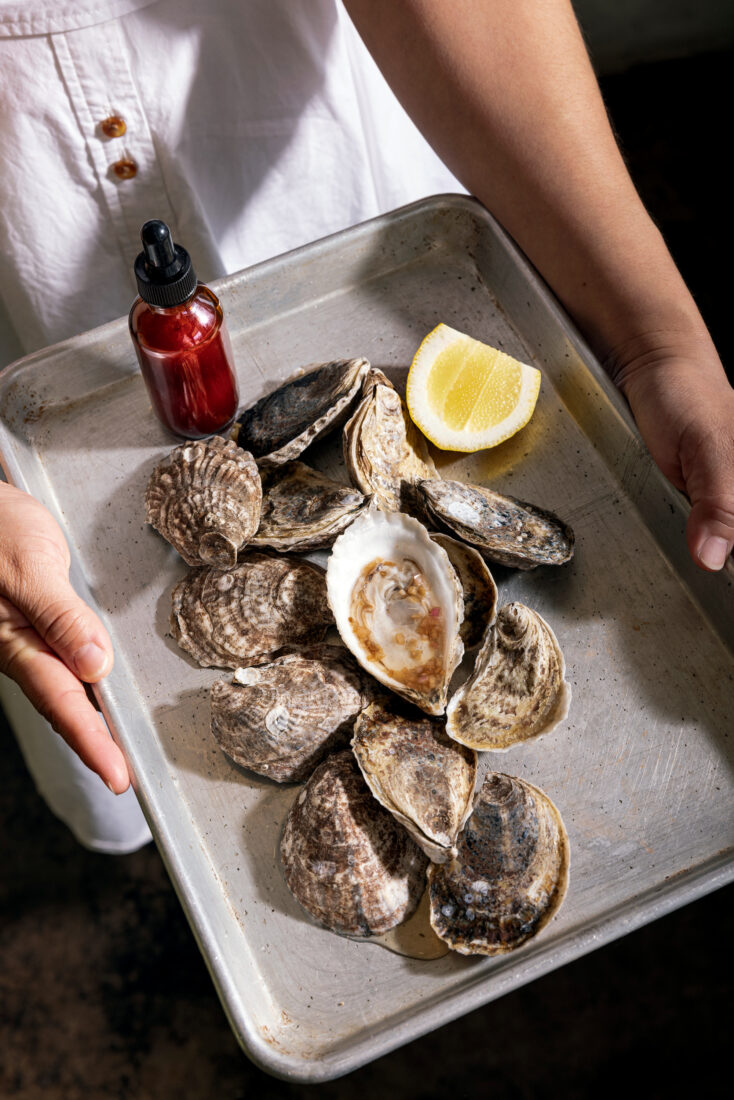
The focus on fish seems rash in a landlocked state. But Zak says it’s practical. “Getting vegetables year-round is hard in this climate. Getting beautiful fish is not.” Thomas Keller, the lauded Napa Valley chef, told his biographer that, more than any other institution, Federal Express and overnight shipping changed what Americans eat in fine-dining restaurants. Five nights a week, Zak proves Keller’s point, serving lobes of uni from Santa Barbara, California, topped with supremes of mandarin, and Spanish mackerel fillets caught off the South Carolina coast, surfing puddles of white gazpacho.
Not all the dishes that emerge from this pocket kitchen are seafood. Duck liver pâté, an occasional special, comes packed in a gold-rimmed bowl. Drizzled with black garlic honey and spread on white radish rounds, it tastes worthy of Lyon. Anticuchos with peanut sauce, in the regular menu rotation, pay homage to Cochabamba, the culinary capital of Bolivia, where skewers of grilled beef hearts are a beloved street food.
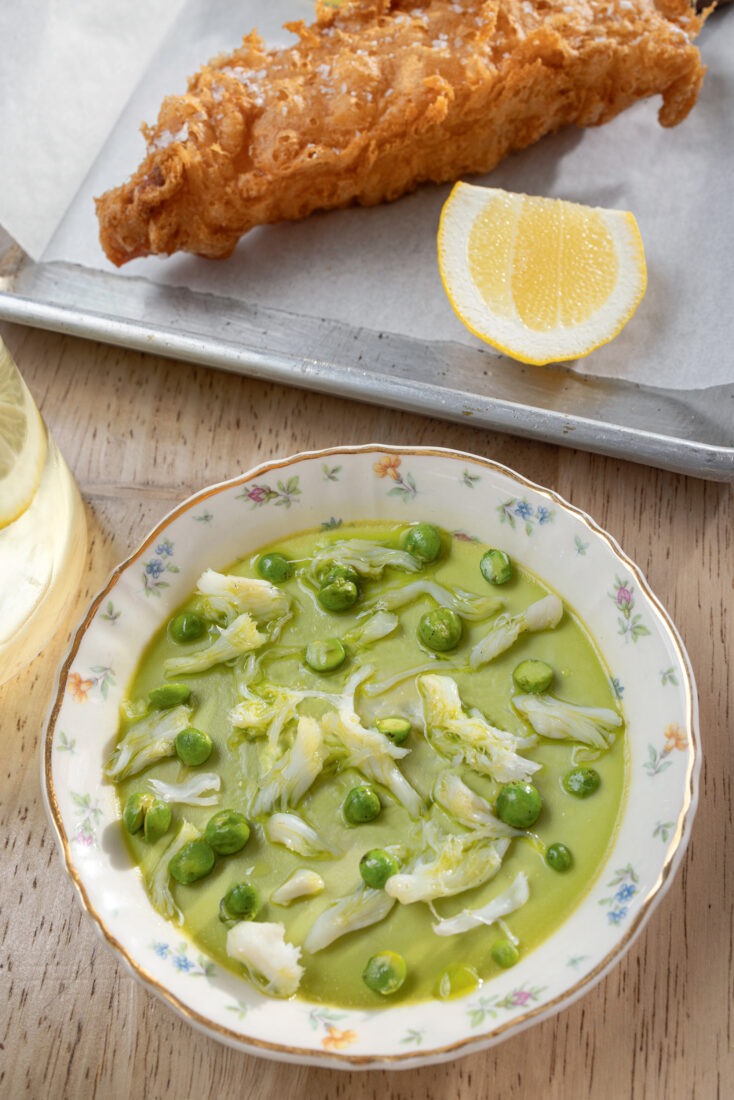
Zak named Sedalia’s for his paternal great-great-grandmother, who settled west of town in what is now El Reno. Ancestors on both sides of his family arrived here before Oklahoma became a state. After his time in Los Angeles, where he helped run a restaurant that often spoke to his Oklahoma roots, Zak returned home to tell a new story, cooking food that connects his hometown with the world.
For a small restaurant with a small staff, Sedalia’s gets the details right. The gnocchi with wild mushrooms and gremolata taste downy, as if each little orb weren’t just cooked in butter but caressed by it. That care extends from drinks to dessert. Order a martini, and you get a pintxo of olive, pepper, and anchovy, threaded on a skewer. Ask about the crème caramel, and your server steers you to a casserole dish, decorated with leaping fish, sitting on the pass. Cut into generous wedges, the crustless cream pie within plays well off a tumbler of bourbon.
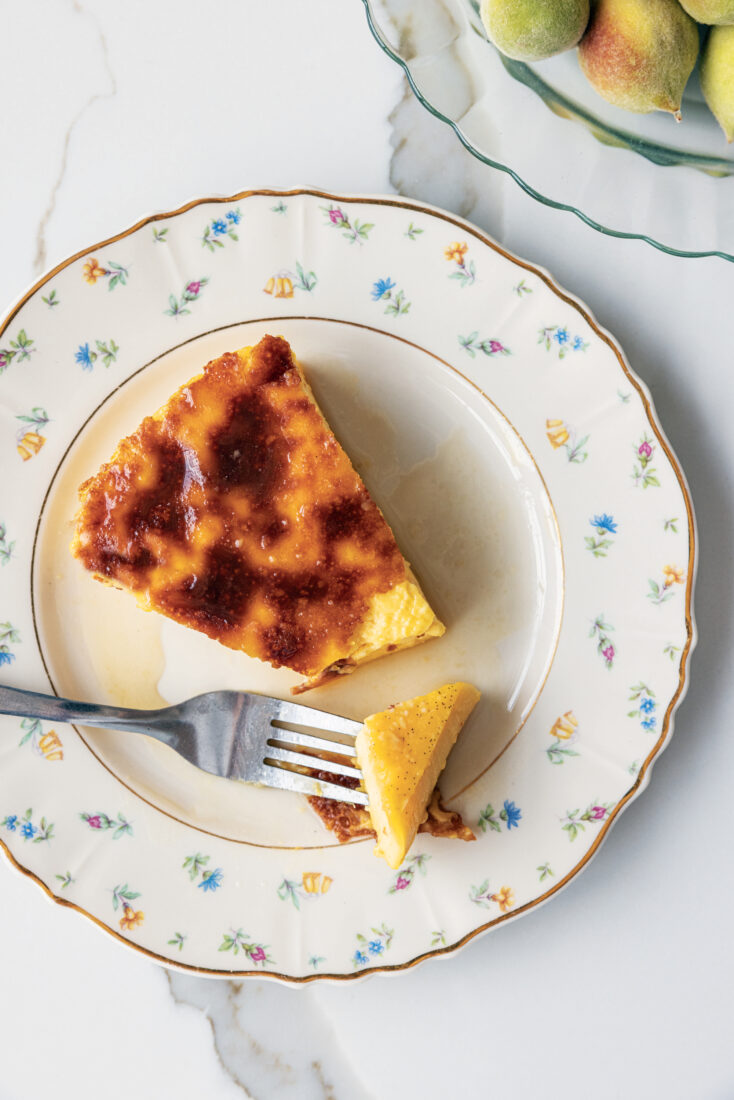
Zak cooks to make a point. Running this small restaurant, he and Silvana do the big work of advancing their city. They love a good steak house. After their wedding reception, Zak gave a toast from atop a barstool at Cattlemen’s, the oldest in town. But they don’t accept that dining out in Oklahoma City should begin and end there.
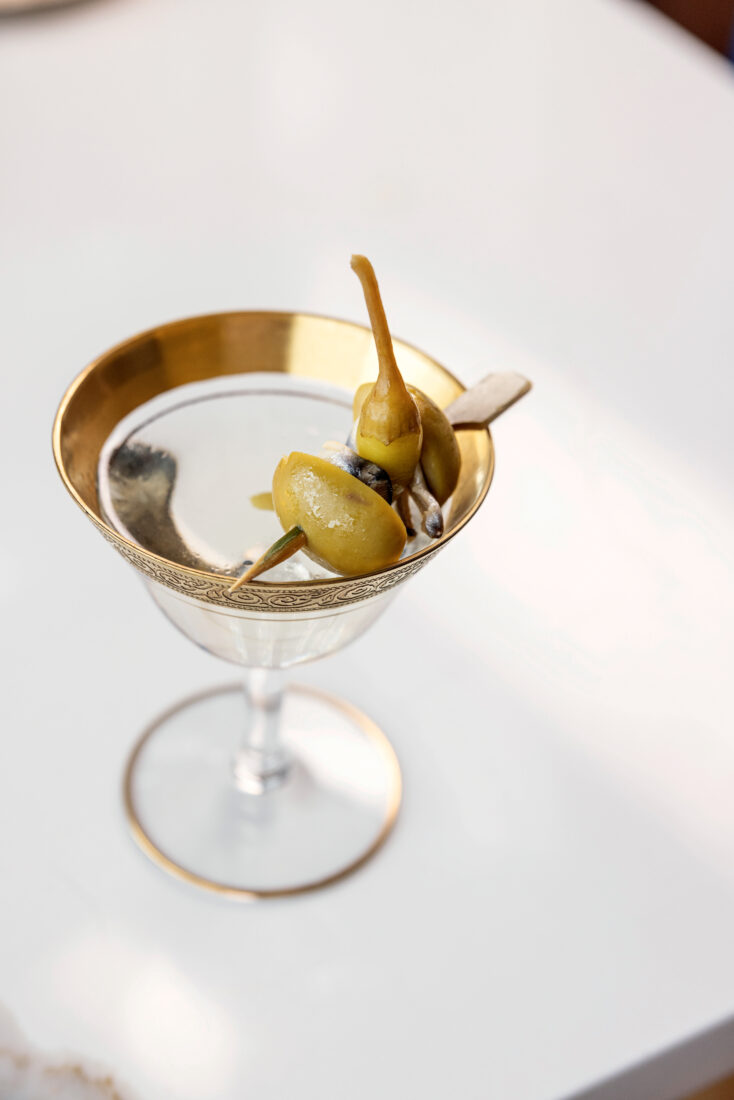
“The attitude of some chefs here is that Okies don’t like this and they don’t like that,” Zak says when we meet later that week for a beer at Power House, a bar with good country on the stereo and a tin-roofed porch. “So they just sell steak and potatoes. But Okies are more than that.”
Plus: Best of the Brunch
An OKC stop for chilaquiles and more
Set in an old tire shop in Oklahoma City, the Guatemalan-inspired Cafe Kacao, founded by Veronica Zelada, is an oasis, with green booths and a rose-pink ceiling lit by pendant chandeliers. Servers broadcast a joyful energy, especially during brunch, when the wait on weekends can stretch for hours. Order the chilaquiles verdes, made with tomatillo sauce-drenched corn chips. Or the pork-and-cheese-stuffed pupusas, which come alongside scrambled eggs and black beans. Churros, drizzled with Nutella, and coffee from Guatemala make for sybaritic closers.


